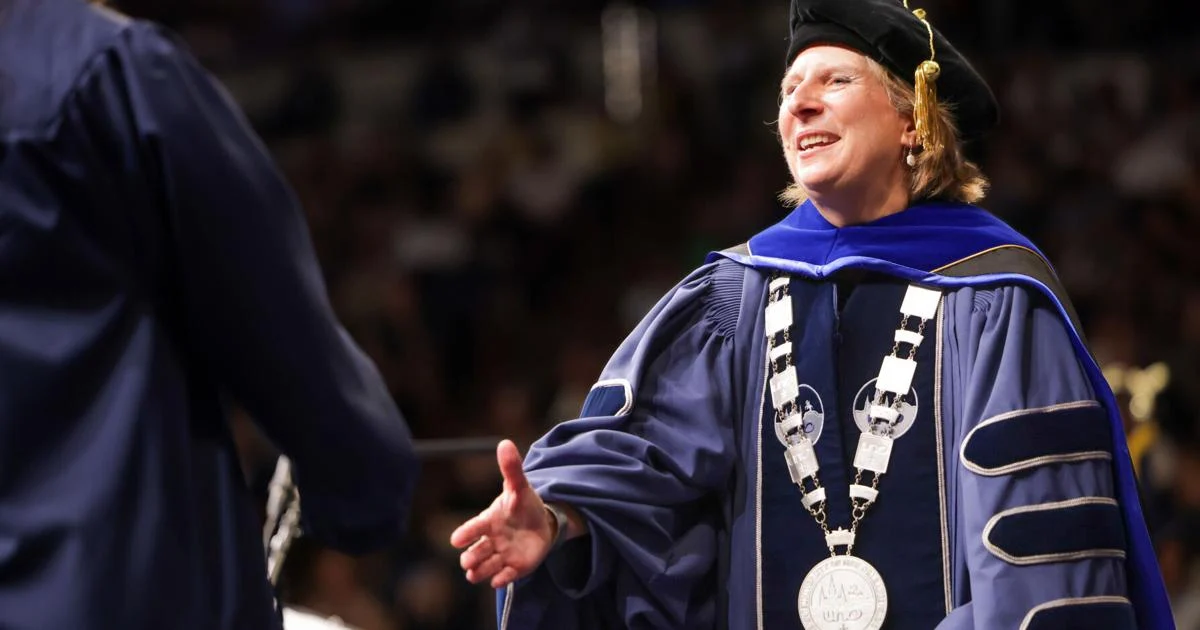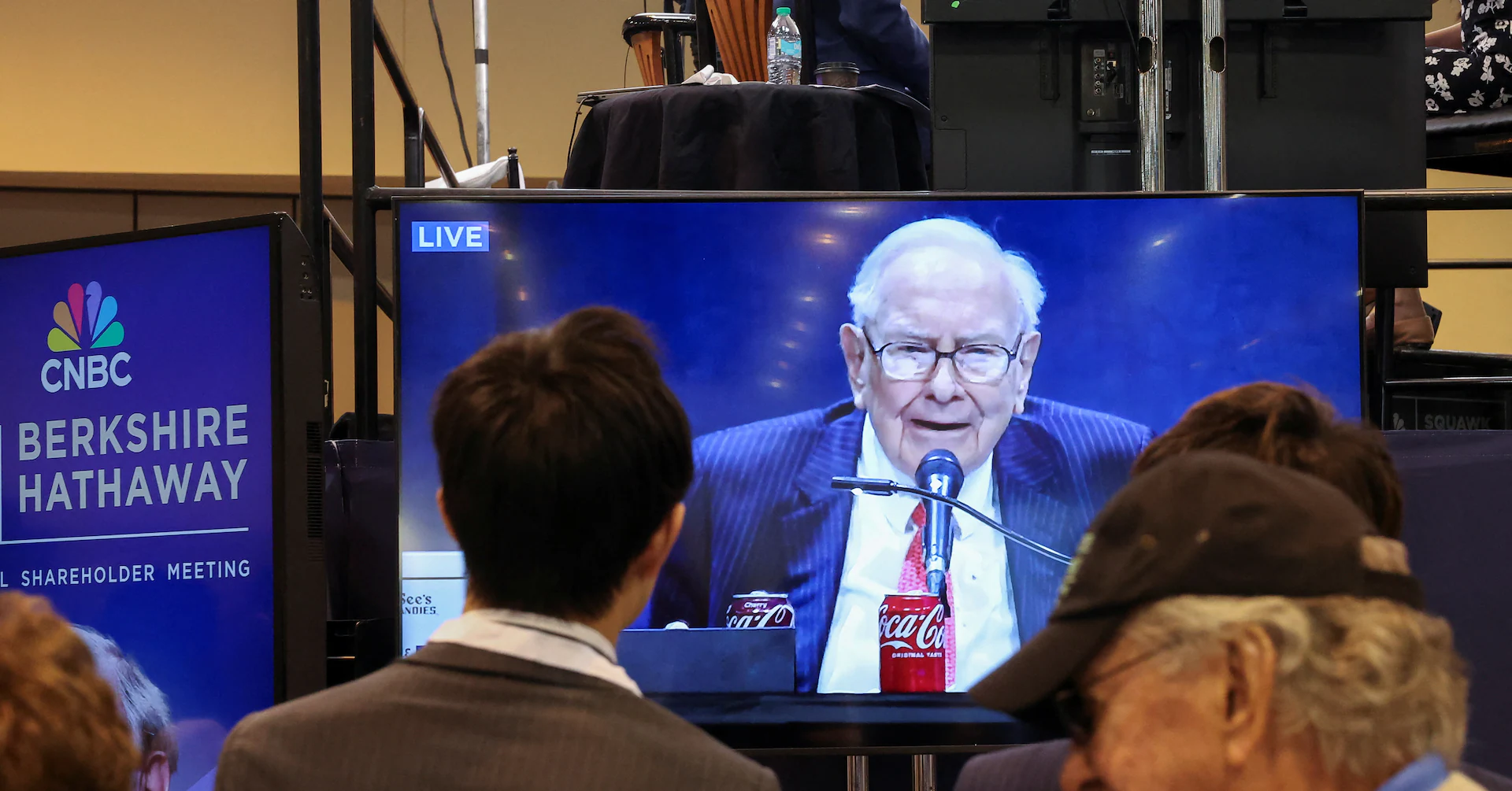Copyright Baton Rouge Advocate

It’s time for the whole state of Louisiana to recognize the great asset it has in the University of New Orleans. Registration opens Nov. 3 for UNO’s Spring 2026 semester, perhaps the last full semester before the school moves back into the Louisiana State University system. What LSU is getting is a Privateer ship that was listing dangerously, but now is stabilized and sailing briskly in the right direction. The turnaround is largely due to a dynamic duo, University President Kathy Johnson and Rebecca Conwell, President/CEO of the UNO Beach Research and Technology Park. Saturday marks the second anniversary of Johnson taking the university’s helm. Before looking at what a gem UNO is, let’s understand the dire straits into which it had fallen. Once thriving with some 17,000 students, UNO took huge hits from Hurricane Katrina in 2005 and from state budget cutbacks later that decade. Now at less than 6,000 students, UNO two years ago faced a debt of $30 million and an annual operating deficit of $15 million. Johnson eliminated the latter by implementing numerous tough but necessary savings measures (not worth detailing here) while showing great transparency and instilling confidence in her leadership and vision. The LSU takeover of the school, over time, should help with the back debt. Michael Hecht, the GNO Inc. president and CEO who is the secretary/treasurer of The Beach (research park), is a Johnson fan. “Under Kathy’s leadership and with the support of the governor’s office and the Legislature, UNO has cleaned up its balance sheet,” he said. “Kathy is characterized by being accessible and inclined towards partnership.” Meanwhile, The Beach is an impressive facet of UNO life. With 800,000 square feet of space on a 30-acre property, The Beach is where more than 30 entrepreneurial companies lease space, often for high-tech research of the sort where business and science students can learn and contribute. Beach CEO Conwell touts its “academic-industry partnerships,” and it has government lessees as well, including engineers for the state Coastal Protection and Restoration Authority, biologists for the state Department of Energy and Natural Resources — and also the U.S. Naval Information Warfare Center at the Congressman Bob Livingston East Campus. An entire feature should be dedicated (elsewhere) to all the ways UNO students are at the cutting edge of research and entrepreneurship through The Beach: shipbuilding, wind and other energy projects, cybersecurity, even kinetic-motion-analysis apps for exercise watches that help basketball players refine their shot-making. Especially important here is that, whereas the research park a number of years ago had become basically just a business real estate site without major engagement with the university itself, now The Beach is, as Hecht describes it, “an active and constructive contributor to UNO both academically and financially.” Hecht credits Conwell for the renewed focus that he calls “a total changeover in the mission and constitution of that organization.” “We are obsessed with that,” Conwell said. “We wake up every morning thinking about the connectivity between the research park and the university. ... We have really spent a lot of time thinking about how we impact student experiences.” It is the nature of the UNO students themselves, though, along with the service the university provides them, that is perhaps the most remarkable thing about the college as a whole. The proportion of students eligible for Pell Grants — meaning generally (although not always) from lower economic strata — is 59%, considerably higher than the national average of 34%. Yet UNO is having remarkable success with these students, and in general with students (Pell Grant or no) from less financially advantaged homes. An education-data and software outfit called CollegeNET publishes the “Social Mobility Index,” which measures “the extent to which a college or university educates more economically disadvantaged students (with family incomes below the national median) at lower tuition and graduates them into good paying jobs.” In sum, it measures the improvement in student economic conditions (regardless of race) at each college. UNO ranked in the top 10% in the whole country. Additionally, for university quality and effectiveness as a whole, an outfit called Intelligent.com, which does “data-driven analysis on over 2,000 colleges,” ranked UNO the 14th best “urban” college in the nation, behind prestigious UCLA and the University of Chicago but ahead of such stalwarts as Columbia and Vanderbilt. Now, with President Johnson’s impressive stabilization work on finances and mission, along with the pending move back to the LSU system, Johnson says UNO is ready “to get back into growth mode” by emphasizing “workplace-relevant credentials.” Also a key metric: Some 89% of all UNO students come from Louisiana, and nearly 70% of them stay here to build communities rather than leaving the state as so many other top-notch young people do. As Johnson said, “We will always have a focus on this region” — and on being a driver for Louisiana’s civic and economic health.



